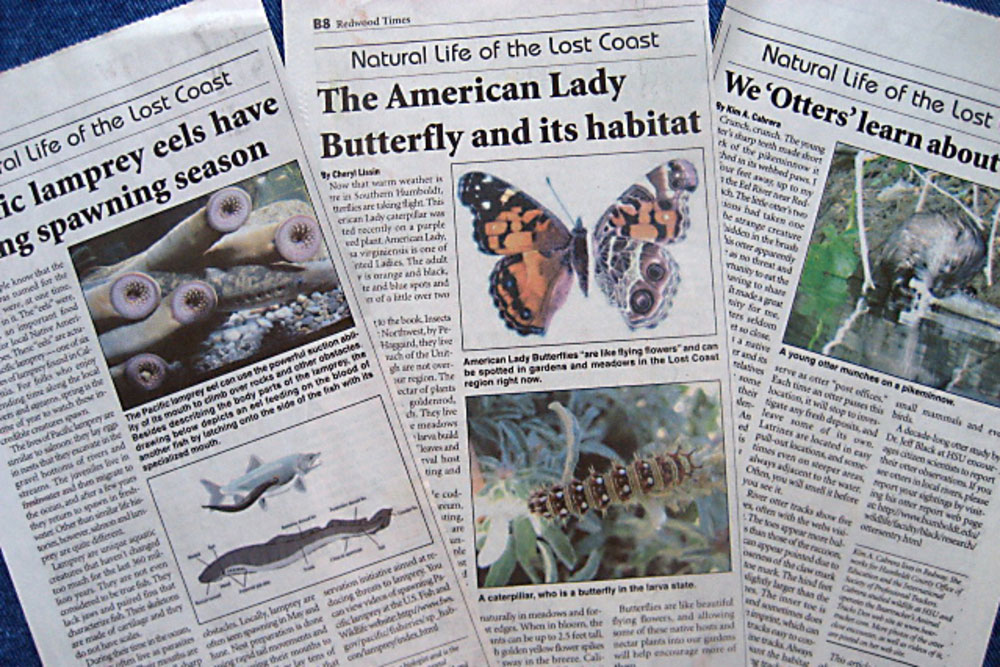Gophers: Good Guys?

Not if you are a farmer who has seen his potato plants being mysteriously pulled underground. Not if you see mounds of fresh dirt appearing on your golf greens. So how could gophers be good guys? Gophers dig extensive networks of tunnels underground and bring that soil up to the surface as mounds. This moves new minerals, organic compounds and moister soil to the surface and aerates the soil. This enhanced soil quality and moisture enables a larger diversity of plants to grow. So gophers are appreciated in the wild. But in the vegetable garden, they are a menace. They feed mostly underground, dining on roots, stems, bulbs, and leaves, often pulling the whole plant down into the tunnel. At night they may come out to forage on foliage near their burrow entrances. They have fur-lined check pouches which they can fill with food to carry to their storage chambers, or fill with soil to bring to the surface. The food put in the storage chambers is eaten in times of low food supply. Like all rodents, gophers have very large, ever-growing incisors. They use these for gnawing and for digging, which they can do without ingesting large amounts of dirt by closing their cheeks behind the incisors. They also use their front claws to dig tunnels, which can be more than 450’ long. The burrow system is complicated, with a main burrow often 90’ long, with 3 to 4 forks. Off the main gallery, they have side chambers used for storage or for nesting. All that digging uses huge amounts of energy, which the gopher gets from eating huge amounts of food. Both sexes build nests of dry, shredded vegetation formed into a hollow ball. Usually, each animal lives in its own burrow system. Physically, gophers are well adapted to the fossorial life, with a stubby body and short sturdy legs, short hair, and small eyes and ears. Their eyes are receptive to ultraviolet light as well as to two visible (to us) colors (blue-green and green). Males are larger than females (7” to 11” vs 6” to 9.5”) because females stop growing after their first pregnancy and males grow throughout their lives. On average, a mature female can produce 2 litters a year, with 5 young in each. The young are born pale, blind, hairless, and with poorly developed ears, although the cheek pouches are fully-formed. The pocket gopher found in California is Thomomys bottae. It is also found in Nevada, southern Utah, Arizona, western Texas and northwestern Mexico. They occupy a wide range of habitats, from montane meadows to dry deserts, in soils ranging from thick clays to loose sands and silts. Good guy or bad guy? It depends on where they are. By Eve Broughton. Eve lives in Whitethorn and was educated at UC Berkeley. ]]>
